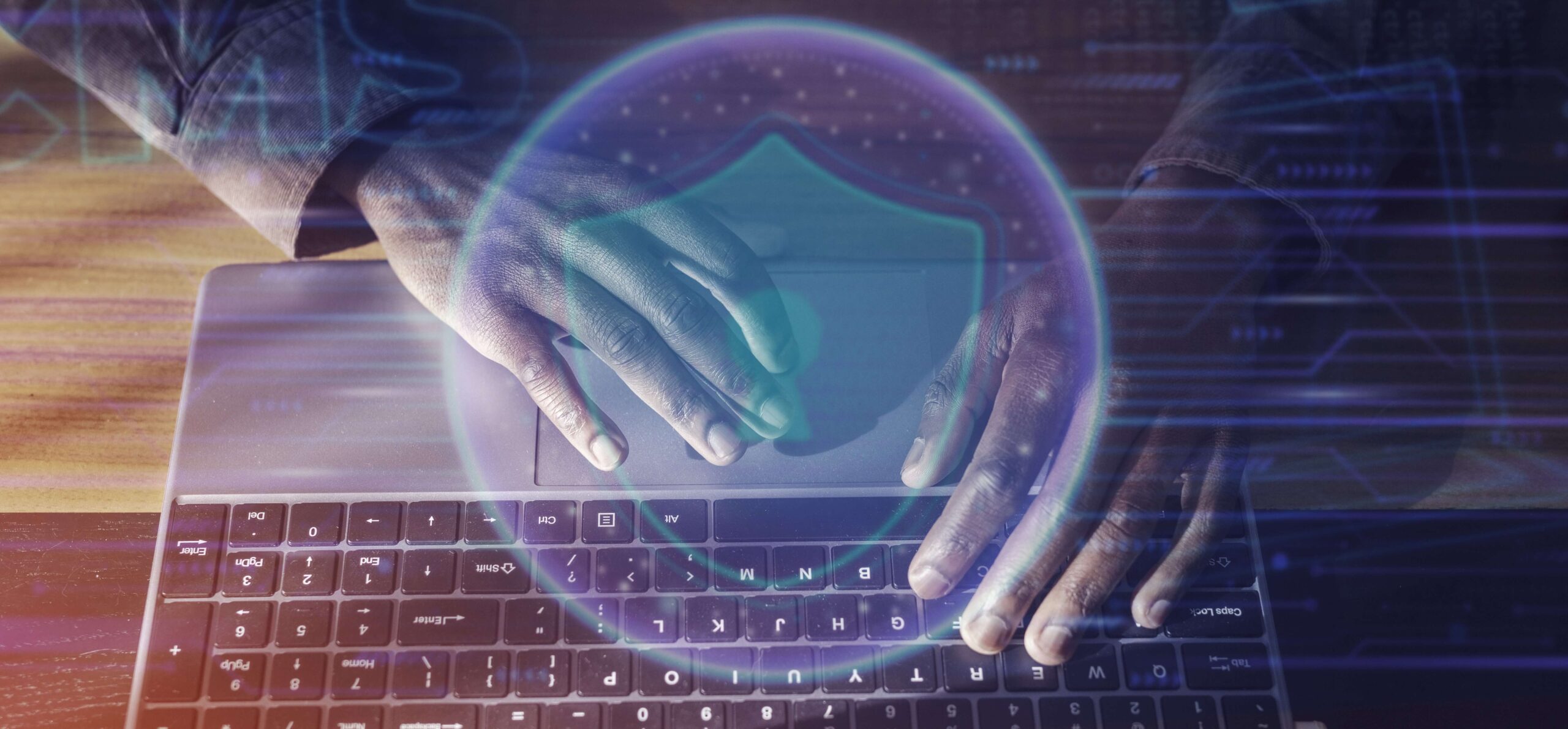Discussing various tools and techniques used in digital forensics investigations : Digital forensics involves the investigation and analysis of digital devices and data to uncover evidence for legal purposes. Various tools and techniques are utilized in digital forensics investigations to collect ,preserve,analyze,and present evidence.
Here are some commonly used tools and techniques:
Data recovery tool
Data recovery is the process of restoring lost,corrupted accidentally deleted or otherwise inaccessible data to its server,computer,mobile device or storage device(or to a new device if the original device no longer works). Typically ,the data is stored from a backup copy that is stored from a backup copy that is stored in another location.The more recent the backup copy,the more completely the data can be recovered in the event of loss or damage.The tools are like Recuva, R-Studio and Data Rescue are commonly used for data recovery.Data recovery techniques can help retrieve critical evidence that may have been intentionally or accidentally deleted.
Keyword searching
A typical digital forensic investigation can consist of reviewing and searching through hundreds of thousands of files on a computer system,mobile phone,or tablet.Not every file is going to be of interest or pertinent to the matter.The cost of reviewing files is always a factor and can add up very quickly when billing at a high hourly rate This is where keyword searching is one option that can be used to shift through the data set.With the right set of keywords,an examiner can filter down a large data set to locate potentially relevant information quickly.Tools like grep,dtsearch and X-ways forensics provide advanced keyword searching capabilities.Keyword searching helps investigators quickly potentially relevant evidence within large datasets.
Registry analysis
Registry analysis is a process that involves examining the windows registry to identify and analyze potential security threats.The windows registry contains information about programs,system settings,hardware devices,and user profiles.Tools like registry viewers (regedit),Re gripper,and registry explorer are used for registry analysis.
Email analysis
Email analysis involves examining email messages and metadata to gather evidence related to communication,timestamps,and attachments.Tools like MailXaminer,PST Viewer pro,and forensic Email collector are used for email analysis.Email analysis can uncover evidence of illegal activities,insider threats,or communication between suspects.
Mobile device forensic
Mobile device forensic involves extracting and analyzing data from smartphones,tablets,and other mobile devices.Tools like Cellebrite UFED, Oxyegen Forensic Detecting and XRY are commonly used for mobile device forensics.Mobile device forensics can reveal call logs,text messages,social media activity,location data and other valuable evidence.
File Meta data analysis
File metadata analysis involves examining metadata attributes associates with files,such as creation dates,modification dates, and file paths.Tools like metadata analyzer,Exiftool,and FTK IMAGER can be used for file metadata analysis.File metadata analysis helps investigators reconstruct the timeline of events and understand the context of file usage.
Data base analysis
Database forensic involves examining database to uncover evidence of unauthorized access,data manipulation,or fraudulent activities.tools like SQLite Forensic Explorer, MYSQL Workbench,and Oxygen forensic detective support database forensics.Database forensic can reveal user activity logs,transaction histories, and data tampering attempts.
Data visualization tools
Data visualization tools help forensic analysts visually represent complex data sets to identify patterns,trends,and anomalies.Tools like Gephi, Tableau,and palantir Gotham provide data visualization capabilities.Data visualization enhance the interpretation and presentation of forensic findings to stakeholder.
Disk imaging
Disk imaging involves creating a bit-by-bit copy of a storage device, such as a hard drive or USB flash drive.Tools like FTK Imager, EnCase, and dd (command-line tool) are commonly used for disk imaging.Disk imaging ensures that the original evidence remains intact while allowing investigators to work with a copy to prevent accidental modification or corruption.
File carving
File carving is a technique used to recover files from disk images or other storage media without relying on the file system.it involves scanning the raw data for file signatures or headers and extracting files based on these patterns.Tools such as Foremost, Scalpel, and Photo Rec are commonly used for file carving.
Memory Forensics:
Memory forensics involves analyzing the volatile memory (RAM) of a computer to extract evidence such as running processes, network connections, and artifacts left by malware.Tools like Volatility Framework, Rekall, and WinPMEM are used for memory forensics.Memory forensics is valuable for capturing evidence that may not be available through traditional disk forensics.
Network Forensics:
Network forensics involves monitoring and analyzing network traffic to identify and investigate security incidents or unauthorized activities.Tools like Wire shark, dumpster, and Network Miner are commonly used for network forensics.Network forensics helps in identifying communication patterns, malicious activities, and data exfiltration attempts.
-
Previous Post
Introduction to Digital Forensics by Tanuku Lakshmipathi











